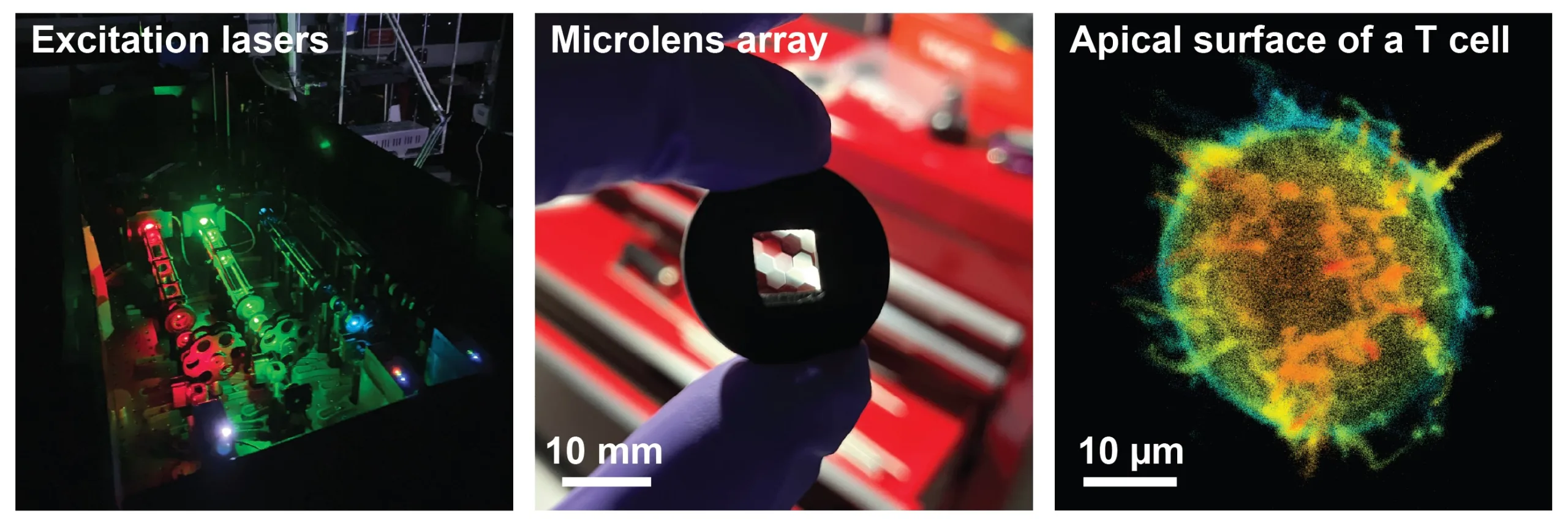The world around us shines with light of all different colours — some visible, some invisible to the human eye. Light is an oscillation in the electromagnetic field, and the length-scale of that oscillation determines the light’s wavelength, which, in turn, determines how that light behaves or how it can be used. So-called mid-infrared wavelengths of light can enable non-invasive, non-destructive, and highly specific identification of important molecules. For example, biomarkers of diseases like cancer can be detected in blood samples using mid-infrared light. However, mid-infrared light is surprisingly hard to detect; existing technologies are expensive, bulky, and insensitive. More powerful mid-infrared detection would expand our technological horizons — from detecting diseases earlier to studying exoplanets in greater detail.
My research aims to improve the detection efficiency of mid-infrared light by converting it into visible light, which is much easier to detect. To make the conversion process as efficient as possible, I use micro-scale structures made of gold that capture and enhance the mid-infrared light. My project is to optimise these gold microstructures by investigating how their geometry, material, or environment affect their interactions with mid-infrared light.
NanoDTC Associate, a2022

